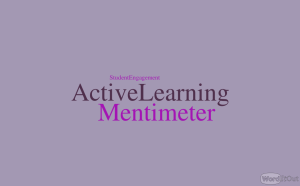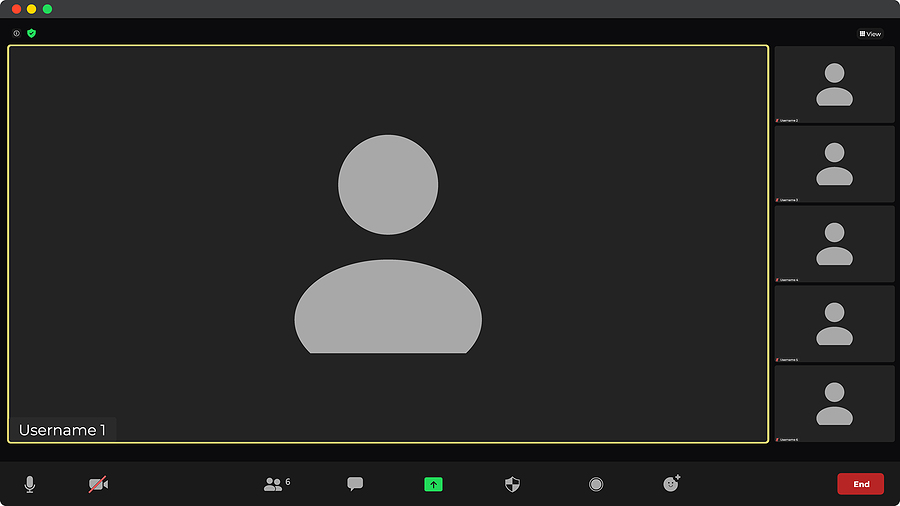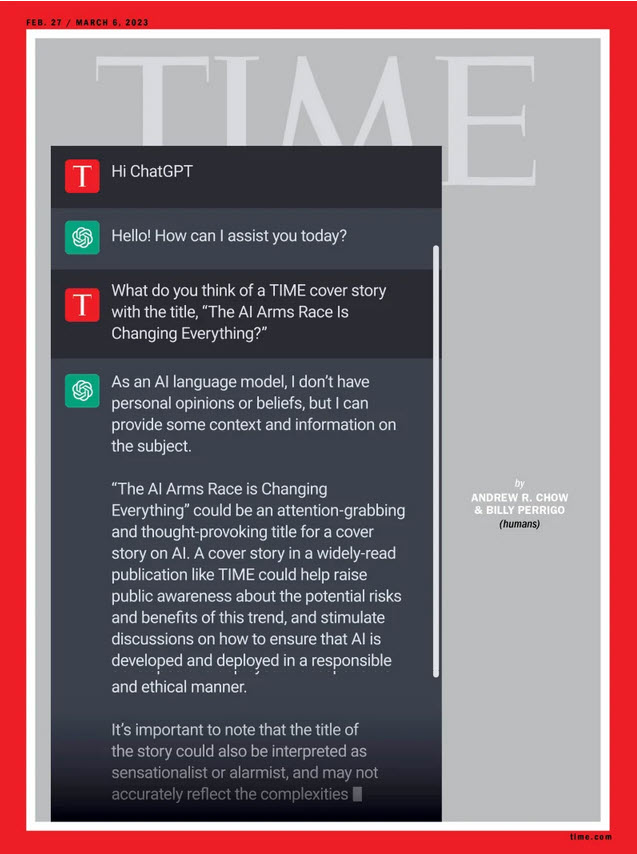Many educators are now familiar with the black screens and mute students on Zoom and its breakout rooms. While having student cameras turned on can certainly have its own merits, the black screens do not necessarily mean that the students cannot or will not contribute. I have found the following three activities helpful in engaging students regardless of having their cameras on or off.
Continue readingQuestioning as a Learning Method

As an ESL teacher, the majority of my teaching has recently been shifted to questioning. This is mainly because I’ve been teaching university Pathway courses lately, and the role of critical thinking has been the highlight of these lesson plans. In order to help my students become better critical thinkers, I need to ask critical questions. And that’s why I believe we should create the culture and context before asking critical questions, to ensure learner engagement as well as academic excellence.
Continue reading(Re)Focusing on the Process in Online Environments
If we can learn anything from ChatGPT and all other AI tools, it is that their product is the result of people who immersed themselves in the process of collecting information before arriving at the final product. The secret to success is what took place behind the scenes —the work it took to arrive at the final product.
Continue readingTake A Break
 While some in our TESL Ontario community continue working through March Break (perhaps you had your break in February if you work in higher education), many of us will be taking a breather from our classes. Whether you will be enjoying time to relax at home, or will be getting away from it all, March Break is a great time to take a few moments to catch up on some blogs you missed.
While some in our TESL Ontario community continue working through March Break (perhaps you had your break in February if you work in higher education), many of us will be taking a breather from our classes. Whether you will be enjoying time to relax at home, or will be getting away from it all, March Break is a great time to take a few moments to catch up on some blogs you missed.
To that end, here are a few more recent blogs that we hope will be beneficial to your practice: Continue reading
AI in the Classroom: The New, New Normal?
In December of 2022, Cecilia Aponte-de-Hanna brought the discussion of artificial intelligence or “AI” to the TESL Ontario community with her post, AI in the Classroom: Love It or Hate It – It’s Here. Cecilia piqued our curiosity by showing us an example of a test text generation and suggested three ways that she was considering using AI with her lessons.
Continue readingActive Learning With Mentimeter
 “Active learning engages students in the process of learning through activities and/or discussion in class, as opposed to passively listening to an expert” (Freeman et al., 2014).
“Active learning engages students in the process of learning through activities and/or discussion in class, as opposed to passively listening to an expert” (Freeman et al., 2014).
One tool that has made active learning more possible in my classes is Mentimeter.
Whether we teach a class in person or we teach an online synchronous course, Mentimeter can accommodate engaging large groups of audiences. If we teach a class implementing Bloom’s Taxonomy approach, Mentimeter can be a great tool in developing a successful and engaging lesson. Continue reading
First Day Back

As the streetcar lurched toward George Brown College, I gazed at the familiar storefronts, churches, and coffee shops that lined the route. How could everything be the same when it felt so different? I was nervous, panicked even. After all, I hadn’t taught in-person for close to three years. I berated myself for checking off the box to teach on campus. Wasn’t it easier to stay enclosed in my basement lair? I rechecked the supplies in my backpack and pulled out the instructions sheet for the tenth time. Offices have moved here, photocopiers are now there; do this if you need to print something, do that to access the computer system. Ughh.
Continue readingActivities for February
We’re heading into the third month of winter, a time of year when many people I know are starting to feel tired of the cold and the snow and are ready for warmer weather to arrive. On the cold, gray days, it can be harder to feel super motivated about planning. However, February is also home to many different and important days of observance, and we can use these days to inspire conversation and activities in the classroom. February is so much more than Valentine’s Day!
Continue readingEnhancing Students’ NOTE-TAKING Skills II: Assuring the Greatest Benefit from Note-Taking

This is Part II of a 2-part post on enhancing student note-taking. Be sure to also read Enhancing Students’ Note-taking Skills I: Note-taking Methods. Students’ commitment to conscientious note taking will be strongest when they understand and actually experience the resulting benefits. Those advantages can be perceived on three levels: a) overall life skills, b) course-by-course survival skills, and c) winning tactics.
Continue readingTESL Ontario 2022 Conference: Takeaways from 6 Talks on Diversity, Equity and Inclusion
TESL Ontario’s 2022 conference, which marked the organization’s 50th anniversary, brought forth current perspectives, reflections, and suggestions related to diversity, equity, and inclusion. This post highlights takeaways from six talks about fostering inclusion, advancing accessibility, and supporting newcomers.
Continue reading




